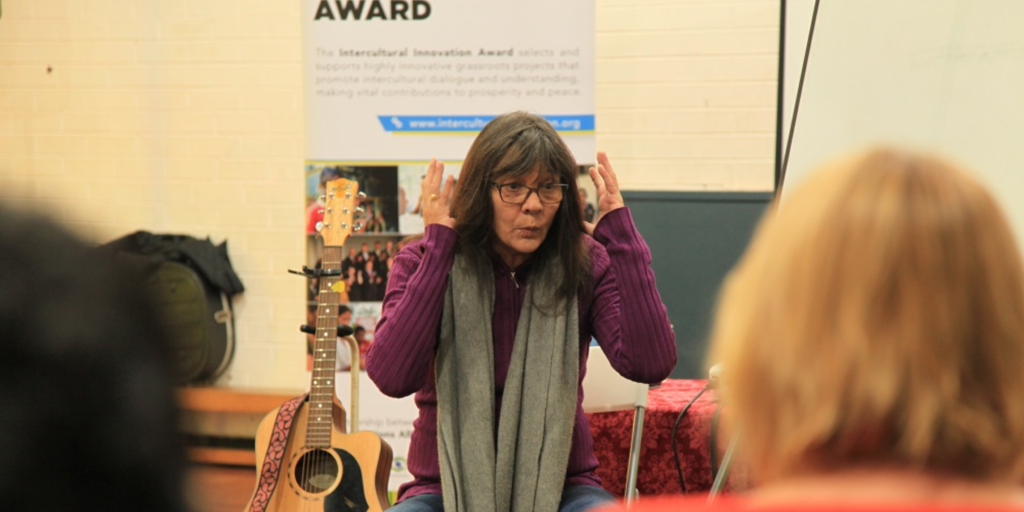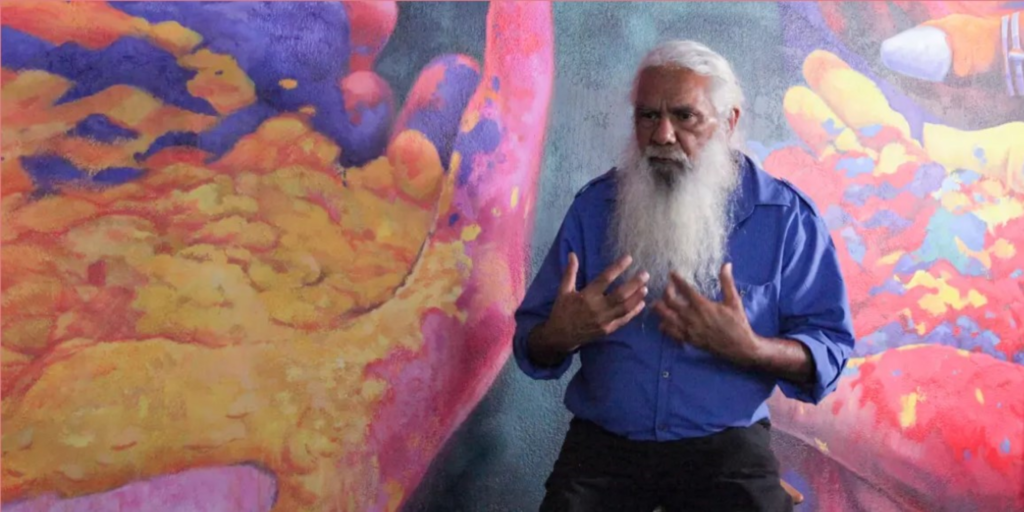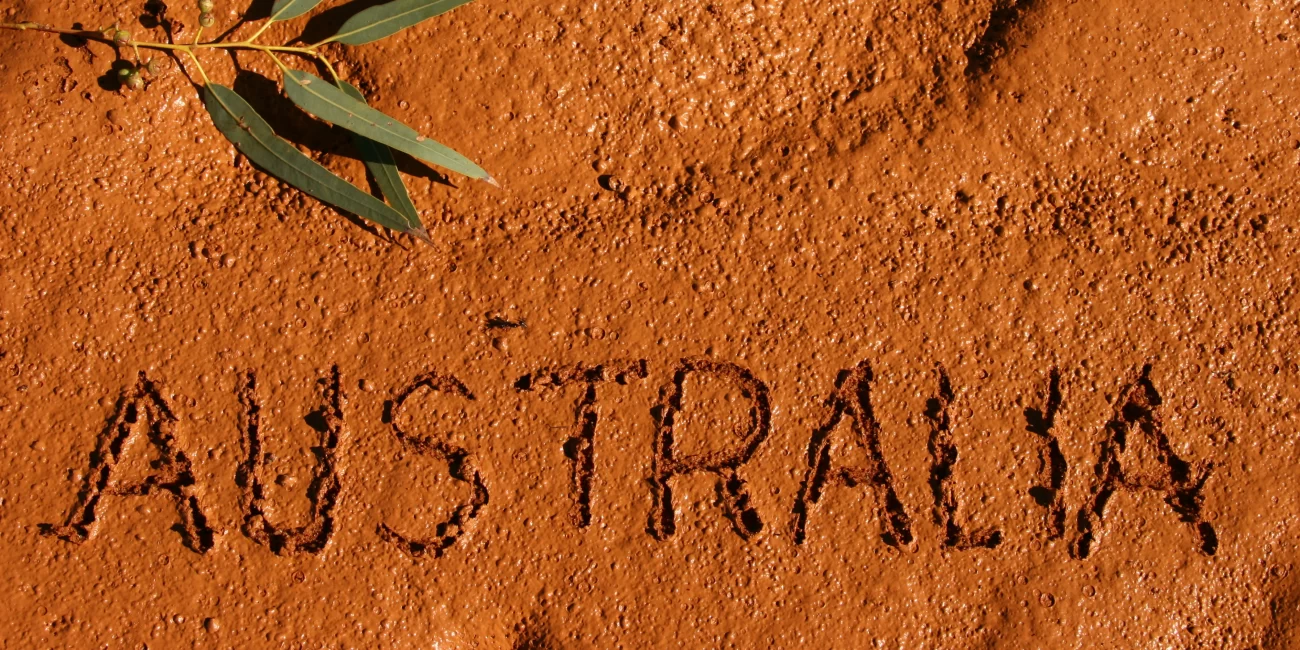We at Cultural Infusion are writing this blog from Collingwood on the land of the Wurundjeri people of the Kulin Nation, who have cared for this land for more than 40,000 years.
Living and benefiting from this land every day, we pay our utmost respect to Elders past, present and future. We further acknowledge that sovereignty of this land was never ceded and that this was and always will be Aboriginal land.
In the following blog post, we discuss the important history of NAIDOC week and what it is all about today and going forward. Importantly, we also discuss our role and influence as Australians on NAIDOC week in best supporting and celebrating Aboriginal and Torres Strait Islander peoples and cultures.
We further discuss through the shared knowledge of Aboriginal and Torres Strait Islander Elders how this celebration of culture and people is not exclusive to NAIDOC week but encouraged in everyday life.

Some Important History
NAIDOC, which stands for National Aborigines and Islanders Day of Observance Committee, has a strong history extending before 1920 when Aboriginal rights groups started the first boycotts of Australia Day held every January 26th. Several Aboriginal organisations emerged to continue this effort of protest and raise awareness of the unjust history and treatment of First Peoples. However, many societal barriers made progress challenging, with reports of frequent police harassment. These adversities resulted in organisations like the Australian Aborigines Progressive Association (AAPA) abandoning their work in 1927.
Australia Day in 1938 would become a significant day for the rights of Aboriginal and Torres Strait Islanders. On this day, protesters gathered and marched the streets of Sydney, followed by a congress with over a thousand attendees. This was one of the first civil rights gatherings in the world and was known as the first Day of Mourning.
After this Day of Mourning, many believed the day warranted being a regular event. Therefore, in 1939 Yorta Yorta man and Aboriginal rights activist William Cooper wrote a letter to the National Missionary Council of Australia seeking their support to promote the annual event. The outcome of this letter was successful.
Between 1940 and 1955 Australia’s Day of Mourning was held annually on the Sunday that falls before Australia Day and was known as ‘National Aborigines Day’. In 1955, Aborigines Day was changed to the first Sunday in July after people came to consensus that the day should be regarded as more than a day of protest but a celebration of Aboriginal culture.
1956 saw the formation of the ‘National Aborigines Day Observance Committee’ or NADOC. The second Sunday of July became a Remembrance Day for Aboriginal people and their heritage. This further propelled the formation of the Department of Aboriginal Affairs in 1972 as an outcome of the 1967 referendum.
In 1974, the NADOC committee, composing entirely of Aboriginal members for the first time, decided to combine both days to run for a full week from the first to the second Sunday of July. In 1984, NADOC asked that ‘National Aborigines Day’ be made a national public holiday to further spread awareness on the rich history of Aboriginal culture that makes Australia unique, which to this day has yet to happen.
From 1991, for the first time, NADOC week became NAIDOC week to include the distinct and unique cultural histories of Torres Strait Islander peoples. Hence, the new name became the ‘National Aborigines and Islanders Day Observance Committee’.

NAIDOC Week Today
Today, NAIDOC Week continues to be a dedicated period focused on celebrating Aboriginal and Torres Strait Islander cultures, histories, and achievements. The aim is to continually spread awareness and educate all Australians on the importance of respecting and embracing Aboriginal and Torres Strait Islander cultures.
This serves as an opportunity for the broader public to get involved in cultural celebrations, events, and activities across the country with some of the longest established Indigenous cultures in the world.
Each year, NAIDOC week has a unique theme representing a core message.
For 2024, the theme is “KEEP THE FIRE BURNING! BLAK, LOUD AND PROUD”.
The upcoming theme this year represents a celebration of the unshakable spirit of Aboriginal and Torres Strait Islander communities. It is an invitation for all to stand up in solidarity to amplify the voices of those who have long been silenced.
The theme of fire represents the surviving strength and vitality of Indigenous cultures passed down through generations despite facing high adversity. The theme serves as a symbol of continued connection to land, waters and sky, to the beings that share these spaces and to the abundant traditions that define Aboriginal and Torres Strait Islander peoples.
Through the honouring of flame lies a renewed commitment to acknowledging, preserving, and sharing the rich cultural heritage of Australia.
“Blak, Loud and Proud” encapsulates the passionate and wholehearted celebration of Indigenous identity and hence empowering knowledge keepers to stand strong in their heritage and assert their place in the current world.
The core goals of this year’s theme, strive for a reclamation of narratives along with an amplification of First Peoples voices, and ultimately an unwavering commitment to justice and equality.
This year’s theme is an invitation for all Australians to learn, listen and actively engage in meaningful dialogue and foster a society where the deep knowledge, wisdom and contributions of Indigenous peoples are valued and respected.

NAIDOC Week Going Forward
Voices From First Peoples
We asked Cultural Infusion’s First Peoples presenters Aunty Monica and Uncle Paul for their thoughts on the following two questions.
- What does NAIDOC week mean to you?
- What is your advice to Educators celebrating NAIDOC week?
Aunty Monica is a Murri Elder who shares her valuable insights and thoughts on NAIDOC week along with advice to educators on how to best celebrate this week.
Uncle Paul is a Wakka Wakka Elder and passionate teacher of the didgeridoo. He shares his thoughts on the meaning and purpose behind NAIDOC week along with advice to educators on how to best celebrate this period.
From Aunty Monica:

What does NAIDOC week mean to you?
Below, Aunty Monica shares the importance of community during NAIDOC week and how this time provides feelings of community as well as safety.
“When we get together there’s a sense of comfort and solidarity.”
“The spotlight is shined on Indigenous issues and some of the inequities.”
“To be visual and seen is so important.”
“For non-Indigenous people it’s certainly a great time to learn more.”
What is your advice to Educators celebrating NAIDOC week?
Aunty Monica discusses NAIDOC week as an important reminder to celebrate First Nations culture. However, she also stresses that celebrating First Peoples culture is not and shouldn’t be exclusive to one week per year.
“We would love NAIDOC week to be every week.”
“I would encourage teachers to go forward themselves in acknowledging that week.”
“There’s many things you can do.”
“All it takes is their own initiative really.”
From Uncle Paul:

What does NAIDOC week mean to you?
Below, Uncle Paul shares that NAIDOC week is about celebration and not reconciliation. He stresses the importance of approaching NAIDOC week with positivity and optimism for the future.
“It’s about sharing the culture”
“It’s about Aboriginal people coming together.”
“It’s about the achievements of Aboriginal people.”
“It’s about having fun.”
“NAIDOC is just bringing everybody together.”
What is your advice to Educators celebrating NAIDOC week?
Uncle Paul emphasises the importance of schools embracing Aboriginal cultures “all year round” regardless of First Peoples children enrolment.
How You Can Engage With Ongoing NAIDOC Celebrations
Our blog has discussed many things NAIDOC week, First Peoples culture and more. NAIDOC week is a special period and an opportunity to both celebrate and learn about First Peoples culture all while fostering community and connection.
Aunty Monica and Uncle Paul have provided valuable First Peoples perspectives on NAIDOC Week. Through their lived experience, they both express the true meaning of NAIDOC and how this meaning extends way beyond one week but in the everyday.
It is important to continue to learn and engage with First Peoples and their cultures well beyond NAIDOC Week as they continue to exist and skilfully adapt every day to new arising conditions as the longest surviving cultures on earth.
At Cultural Infusion, we offer a diverse range of cultural programs for schools, childcare centres and more. These include engaging Aboriginal programs which can be explored HERE.
When booking a program with us, you will receive 3 months of complimentary premium access to award-winning resources found on our online educational platform Learning Lands. This learning platform can help enrich the intercultural learning experience in the classroom.
To find out more about our programs please call us on 03 9412 6666 or email us at [email protected]

